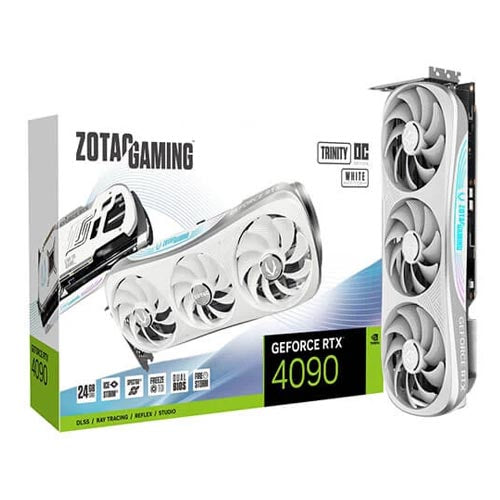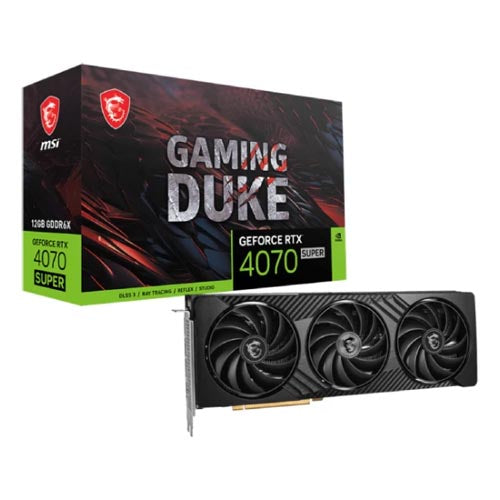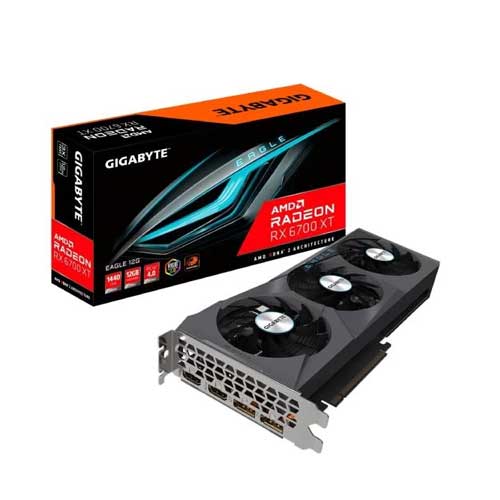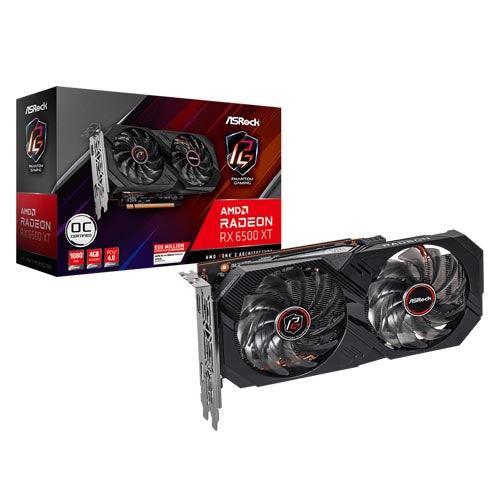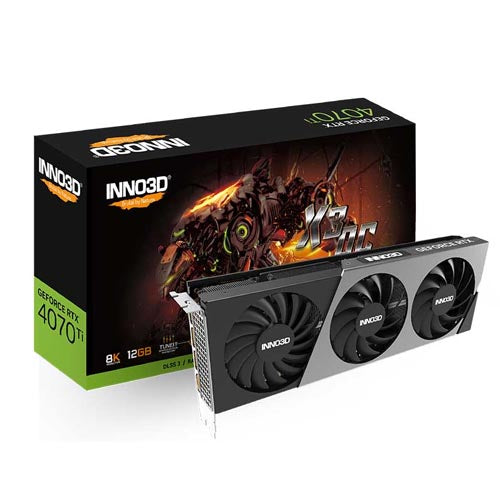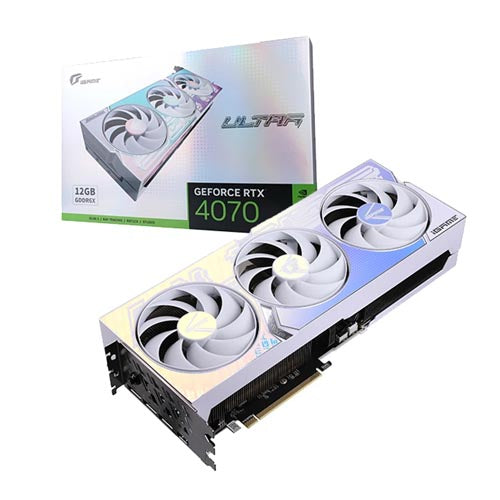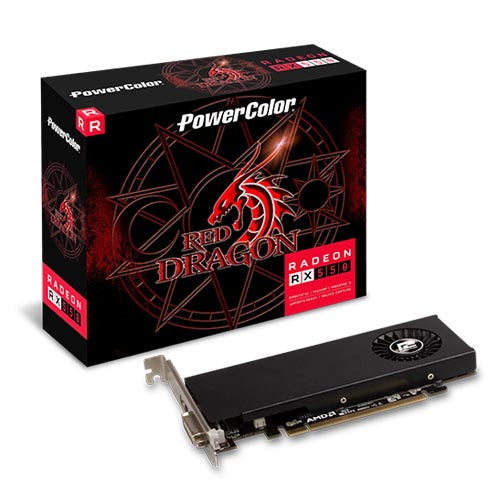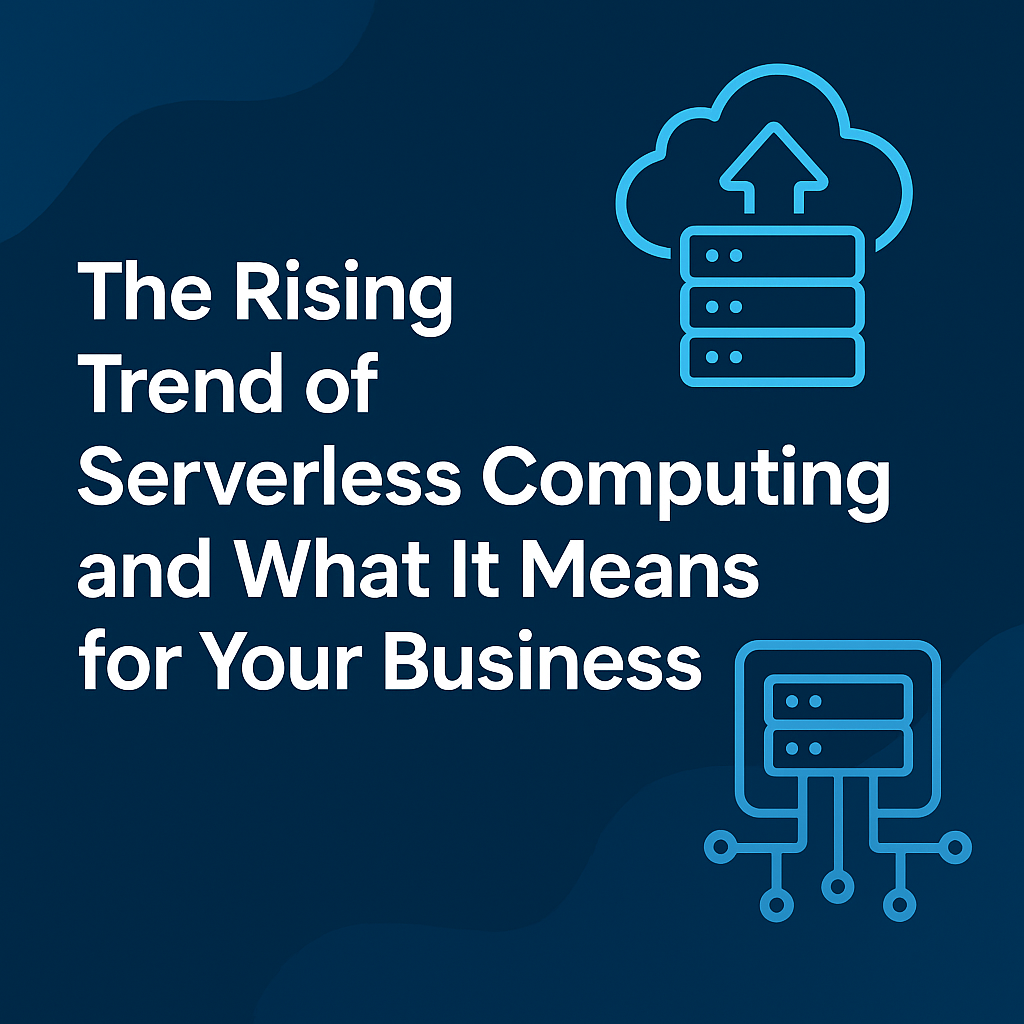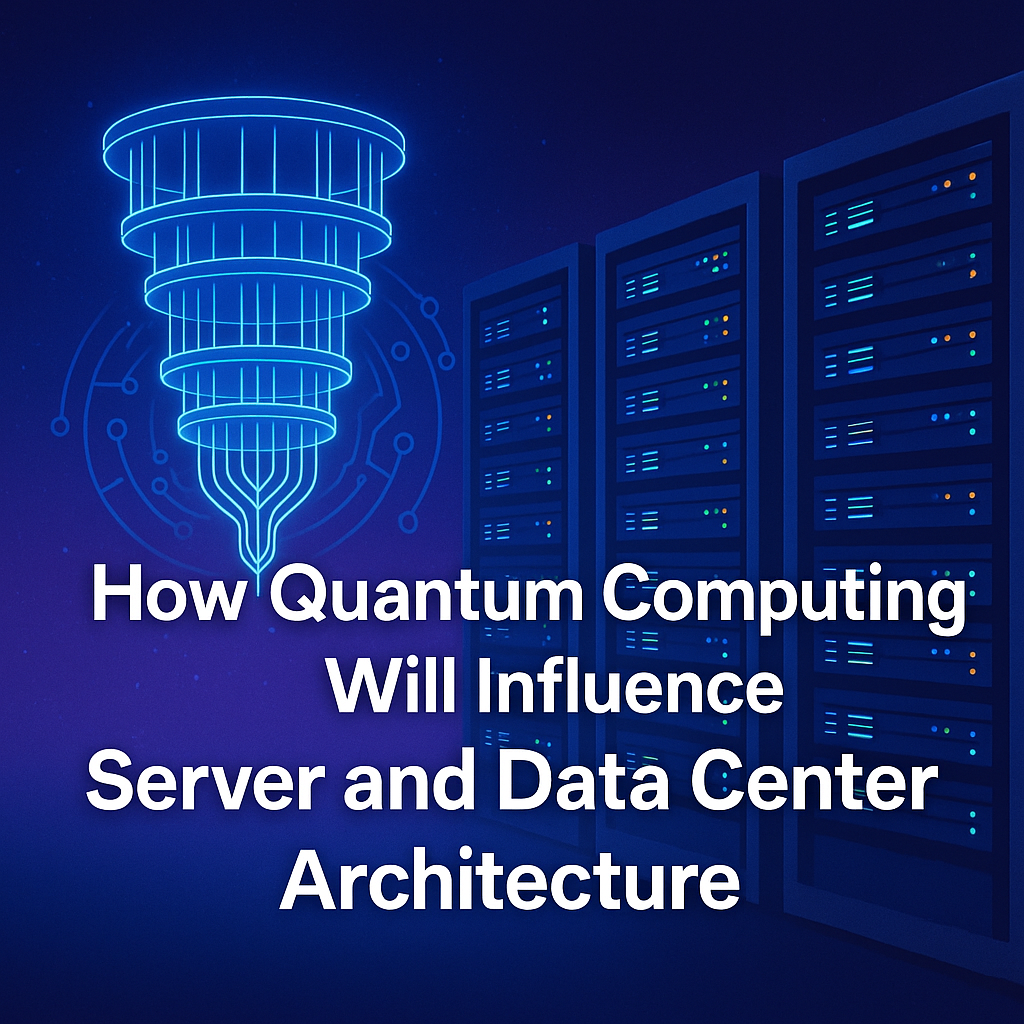Downtime is the silent killer of digital businesses. Whether it’s a small e-commerce store or a global enterprise, unplanned outages can cost thousands—or even millions—in lost revenue, reputational damage, and operational setbacks. As organizations become increasingly reliant on servers, networks, and cloud environments, ensuring continuous uptime is no longer optional—it’s mission critical.
Enter Annual Maintenance Contracts (AMCs)—structured agreements designed to keep your IT infrastructure healthy, secure, and operating at peak performance. While AMCs are often seen as an operational expense, they provide substantial technical benefits that can prevent costly downtime and support long-term business continuity.
This blog will explore AMC services from a technical perspective, highlighting how they help identify vulnerabilities, maintain hardware and software components, and provide proactive solutions to reduce downtime risks. Let’s dive in.
The Technical Roots of Downtime
Before exploring how AMCs mitigate downtime, let’s understand why downtime occurs in the first place. Technically, downtime can be attributed to a range of factors:

-
Hardware Failures: Hard drives crash, power supplies fail, and aging hardware components degrade over time.
-
Software Bugs and Misconfigurations: Updates gone wrong, unpatched vulnerabilities, and misconfigured services can all trigger system crashes.
-
Network Disruptions: Poor network design, bandwidth bottlenecks, or hardware-level NIC (network interface card) issues can bring services to a standstill.
-
Power and Cooling Issues: Insufficient power backup or HVAC failures in data centers can lead to hardware overheating and shutdowns.
-
Security Breaches: Ransomware, DDoS attacks, and other cyber threats can compromise systems and render services unavailable.
Technically, each of these threats requires a unique approach to mitigation. That’s where AMCs step in.
AMC Services: A Technical Breakdown
At their core, AMC services are proactive maintenance agreements that cover a comprehensive range of technical and operational tasks. Here’s what a typical AMC includes, from a technical lens:
1️⃣ Hardware Health Monitoring
AMC providers deploy advanced monitoring tools to track the health of hardware components—CPUs, memory, storage devices, power supplies, and fans. Technicians monitor critical metrics such as:
-
SMART Data: Predictive failure analysis for storage devices.
-
Thermal Readings: Real-time CPU and GPU temperature thresholds.
-
Power Load Balancing: Ensuring redundant power supplies (PSUs) operate within safe limits.
-
Component Age Tracking: Evaluating the lifecycle of key components like RAID cards, NICs, and system fans.
By continuously analyzing these metrics, AMC providers can identify early signs of hardware degradation, scheduling replacements or repairs before failures occur.
2️⃣ Software and Firmware Updates
Modern IT environments rely on a complex stack of software—operating systems, hypervisors, container runtimes, database engines, and more. AMCs include scheduled updates and patch management to keep software components secure and up-to-date.
Technically, this involves:
-
Firmware Upgrades: Updating BIOS, BMC/iLO, and RAID controller firmware to fix bugs and improve performance.
-
Kernel Patching: Applying OS-level patches to address security vulnerabilities and kernel-level bugs.
-
Dependency Management: Updating third-party libraries and system packages to prevent incompatibility issues.
By managing software dependencies and updates, AMCs eliminate vulnerabilities that might otherwise cause system crashes or security incidents.
3️⃣ Network Integrity and Optimization
Network downtime is a major cause of service outages. AMC providers ensure network components—including switches, routers, and firewalls—are properly configured, updated, and monitored. From a technical standpoint, AMC tasks in this area include:
-
Firmware Updates for Networking Gear: Patching vulnerabilities in network switches, routers, and wireless access points.
-
Configuration Audits: Verifying VLAN segmentation, QoS policies, and port configurations to prevent misconfigurations.
-
Link Aggregation and Redundancy: Ensuring link aggregation groups (LAGs) and redundant network paths are functional.
-
Latency Analysis: Monitoring latency and jitter metrics to identify performance bottlenecks.
This proactive approach minimizes the chances of unexpected network outages and keeps your business applications performing optimally.
Proactive vs. Reactive Maintenance
A major advantage of AMCs lies in their proactive maintenance approach. Reactive maintenance—fixing problems only after they occur—inevitably leads to downtime. In contrast, AMCs leverage predictive tools and structured checklists to anticipate failures and address them during scheduled maintenance windows.
Technically, proactive maintenance involves:
-
Predictive Analytics: Using historical sensor data and machine learning models to predict potential hardware failures.
-
Synthetic Monitoring: Simulating user interactions to detect latency or availability issues before they impact real users.
-
Change Management: Scheduling configuration changes during low-traffic periods to minimize risk.
Data Security and Compliance
In today’s regulated landscape, downtime isn’t just about lost revenue—it’s also a compliance risk. Regulations like GDPR, HIPAA, and PCI DSS require businesses to ensure data availability and integrity.
AMC services address these requirements by:
-
Backup Integrity Checks: Verifying that automated backups are complete, up-to-date, and retrievable.
-
Disaster Recovery Drills: Regularly testing recovery plans to ensure business continuity.
-
Vulnerability Assessments: Identifying and patching security gaps that might lead to data loss or breaches.

Technically, this involves scanning systems with tools like OpenVAS or Nessus, analyzing audit logs for suspicious activity, and applying security patches on critical systems.
Performance Optimization and Resource Tuning
Performance degradation often precedes outright downtime. AMC services go beyond mere repairs; they also include performance tuning. Technically, this covers:
-
Resource Allocation: Balancing workloads across CPU cores, ensuring hyper-threading doesn’t overload a single core.
-
Memory Optimization: Adjusting swap usage, buffer caches, and memory overcommitment in hypervisors.
-
Storage Performance Tuning: Optimizing RAID configurations, defragmenting storage arrays, and tuning I/O schedulers.
-
Application Stack Tuning: Configuring web servers, databases, and load balancers for peak performance.
Real-World Example: E-Commerce Downtime
Consider an e-commerce platform that relies on a three-tier architecture: web servers, application servers, and a backend database. During peak sales seasons, even a minor hardware glitch or network misconfiguration can lead to downtime that translates into thousands of lost sales.
AMC services ensure:
-
Web Servers: Nginx or Apache servers remain patched and monitored for CPU/memory usage spikes.
-
Application Servers: JVM or PHP processes are optimized and load-balanced across multiple nodes.
-
Database Servers: MySQL or PostgreSQL clusters have replication and failover policies tested and updated regularly.
This layered, technical maintenance approach ensures that performance and availability remain robust during critical business windows.
Cost-Benefit Analysis: AMC as Technical Insurance
From a purely technical perspective, AMC services provide an insurance-like buffer for your IT infrastructure. Let’s break it down:
-
Downtime Costs: Studies estimate that the average cost of IT downtime is around $5,600 per minute for large enterprises. AMC services, even if they represent an upfront annual expense, pale in comparison to the financial losses associated with a single major outage.
-
Preventative Maintenance ROI: Proactive hardware replacements, firmware upgrades, and performance tuning reduce the likelihood of emergency replacements—cutting down on emergency procurement costs and overnight technician fees.
-
Operational Efficiency: Technicians provided by AMC providers reduce the burden on in-house IT teams, freeing them up to focus on strategic initiatives rather than firefighting hardware failures.

Hybrid and Cloud Environments: Extending AMC Relevance
As businesses migrate to hybrid or multi-cloud environments, the role of AMC services evolves but doesn’t disappear. Technically, AMC providers now offer:
-
Cloud Resource Optimization: Analyzing cloud CPU, memory, and storage metrics to right-size instances.
-
Hybrid Network Monitoring: Extending AMC services to include VPN tunnels, SD-WAN configurations, and cloud-native firewalls.
-
Container Environment Tuning: Monitoring Kubernetes clusters for resource contention, pod restarts, and node failures.
AMC services adapt to these modern environments, bridging the gap between on-premises hardware and dynamic cloud infrastructure.
Technical Decision Checklist for AMC Adoption
Here’s a technical checklist to evaluate if an AMC is right for your business:
-
Are you experiencing hardware or network issues that your internal team struggles to address?
-
Do your workloads run 24/7, making even short outages unacceptable?
-
Are your servers aging, and do you lack predictive maintenance capabilities?
-
Do you have a patch management and firmware update schedule in place?
-
Are you bound by regulatory standards that require data availability and integrity?
If the answer is “yes” to most of these, AMC services are a strategic fit.
Conclusion
In an era where digital presence drives business outcomes, downtime is an expensive liability. Technically, it arises from hardware faults, network issues, software bugs, and security gaps—all of which require a proactive, disciplined approach to maintenance.
AMC services provide that structured approach. By combining hardware monitoring, software updates, performance tuning, and security hardening, AMCs create a robust framework that dramatically reduces the risk of unplanned downtime.
For businesses operating in high-availability environments—whether that’s e-commerce, financial trading, or mission-critical SaaS platforms—AMCs offer more than just a support contract. They represent a technical lifeline, ensuring your infrastructure stays secure, reliable, and prepared for whatever challenges lie ahead.
